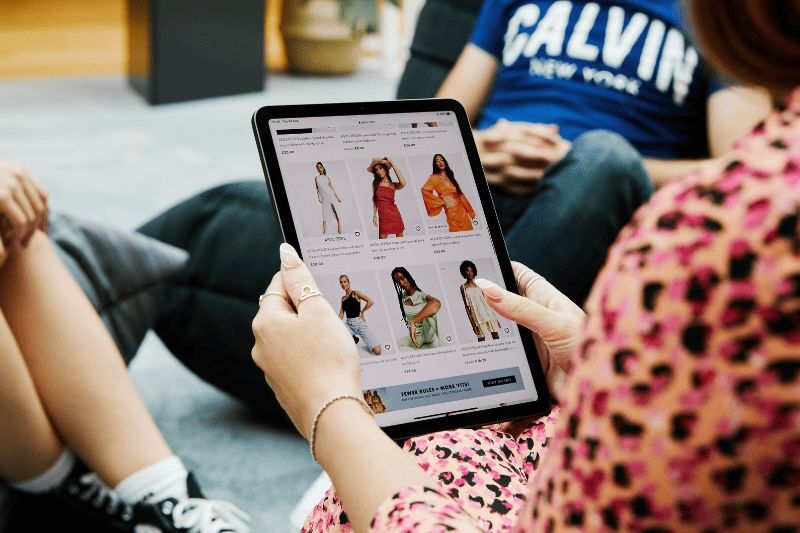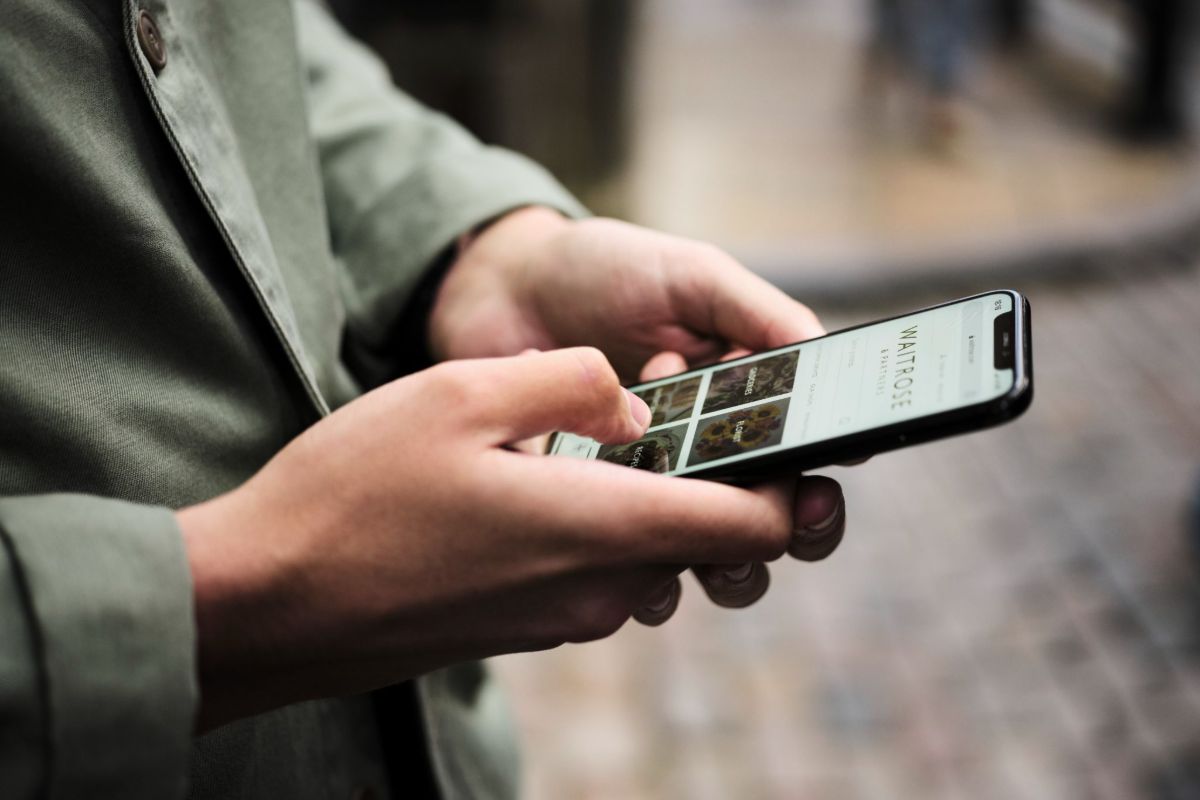Despite having had its best month ever, mobile retail is still being slammed in many quarters as to hard to use. It may well have saved Black Friday and Cyber Monday from being an embarrassment of no-shows, but may still believe that consumers are unwilling to shop on small screens and enter their card details on small keys.
But that is all set to change. New ways to use mobile to launch a shopping experience have been conspicuous by their absence until now. Most retailers have approached mobile as either a way to do ecommerce on the move, or a way to target recumbent shoppers with tablets lying on the sofa.
In reality, while both these are valid uses of mobile, the missing link has been how to tap into impulse purchases on mobile while out and about by making it easy to do so: it was meant to be about bringing the unlimited choice of online into the touchy-feely real world.
And here it is. PowaTag has rolled out a rather nifty tweak to its m-commerce platform that allows users of its app to recognise ads and buy from them. Along similar lines, Handpick has launched an app that uses semantics – words and moods – to help shoppers find what they are looking for in a new way. Couple this with attempts earlier in the year to use visual search and audio recognition and you have the makings of a trend: m-retailing 3.0, if you will.
PowaTags move is perhaps the most interesting. It has long been an advocate of QR codes and used them in a pomp-laden launch in 2014 to start to make adverts into ‘mini-boutiques’ across Paris. This was a great start, but many pooh-pooh QR codes (wrongly, in my opinion) and it failed to gain traction.
What it has now done is take the tech that recognises QRs and use it to recognise images. It has also embedded Shazam like audio recognition into its platform so you can ‘hear’ ads and spring into buying action.
To my mind mobile has already proved how vital it is to retailers, with consumers heading to mobile devices in droves as part of, if not all of, the shopping journey. What makes these moves my Powa and Handpick is that they make mobile an even more useful shopping tool and tap into that rich seam of impulse purchasing.
The other reason this is interesting is buried in IMRG’s latest stats: tablet shopping is dying. According to IMRG, tablet shopping recorded its lowest ever proportion of mobile sales at just 12%. Why this is happening is unclear – it is probably because tablet penetration is dropping and many users are starting to see that a tablet isn’t necessarily the way to go with home computing. Even Apple recognises this with the roll out of its iPad Pro, where it is desperately looking to garner growth from the corporate tablet market.
The upshot is that smartphones – which are inherently more portable – are becoming the mobile platform of choice and so to tap into that and the desire to shop on the go, retailers need to embrace technologies that will allow that to happen more simply.
As we approach the end of 2015, I am hopeful that the second half of the decade will start with the realisation that mobile is key to retail, but it has to be used in myriad ways – and one of those is as this quick buy option.
Anything that makes this seamless and quick – from being connected seamlessly to finding what you want and buying it (ideally with a seamless and easy payment mechanism) – is going to see this trend grow. Of course online will always be with us, but mobile really will reshape how retail works.








